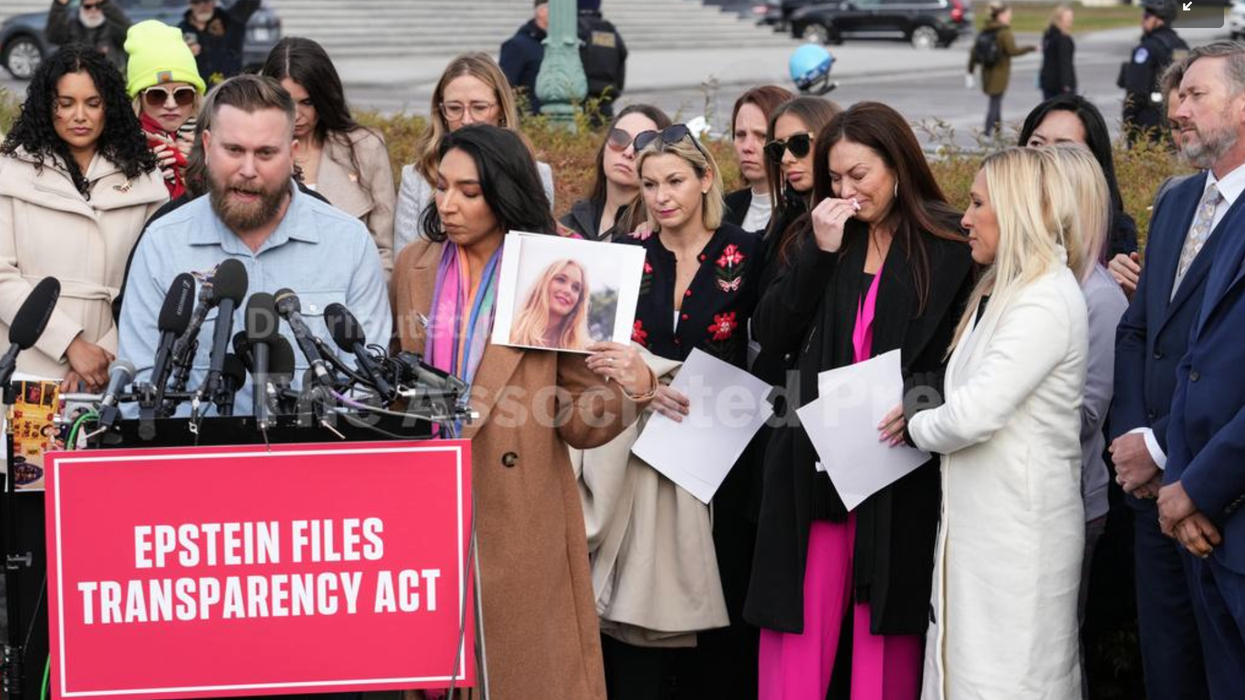In order to make 2022 a better year, we revisited some of the best ideas we heard in 2021 because we think you’ll be able to apply them in the new year and beyond.
Through the course of last year, we talked to interesting and thoughtful guests on several topics, including, among others: how to handle bigots and snowflakes, the wide-reaching impacts of education policy, internet censorship, race and diversity, what it means to be American, why it’s ok to speak your mind, healthcare innovation and policy reform, immigration, factors that make college so expensive, ideological diversity and the importance of having conversations with those who are different than you, political polarization, criminal justice reform and the need for compassion toward formerly incarcerated individuals, the high costs of incarceration, transitional justice theory, tools to understand and navigate media bias, bridging divides, and the importance of preserving the ability for America to self-govern.



















